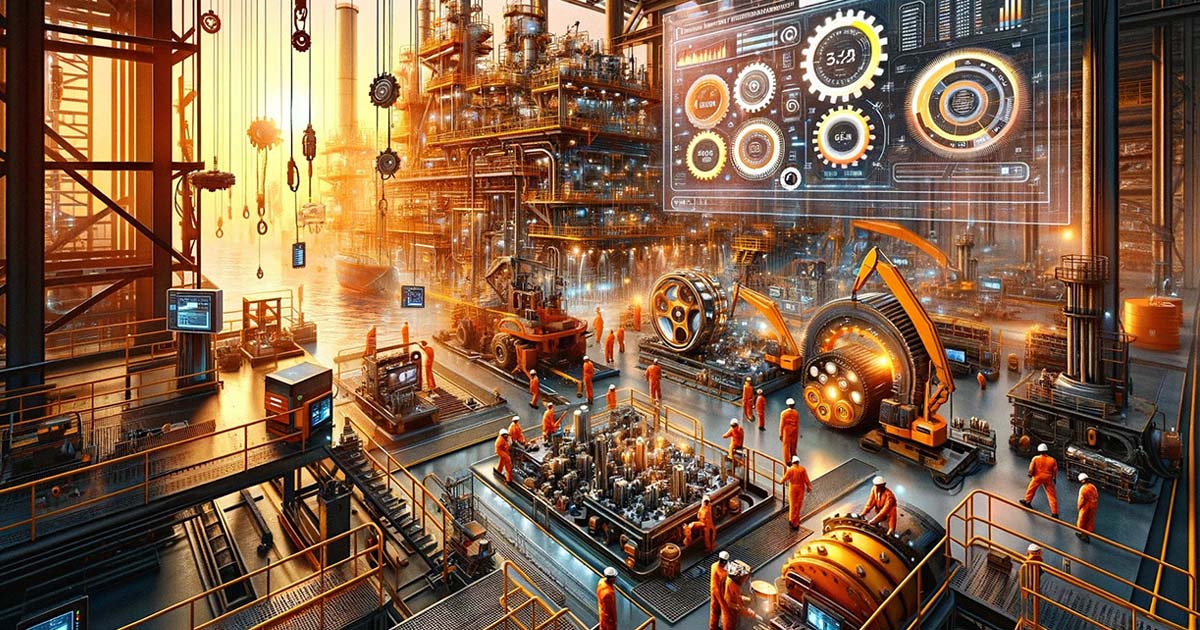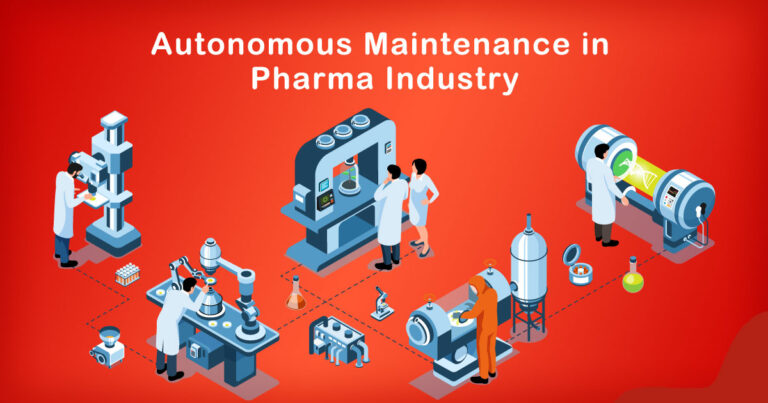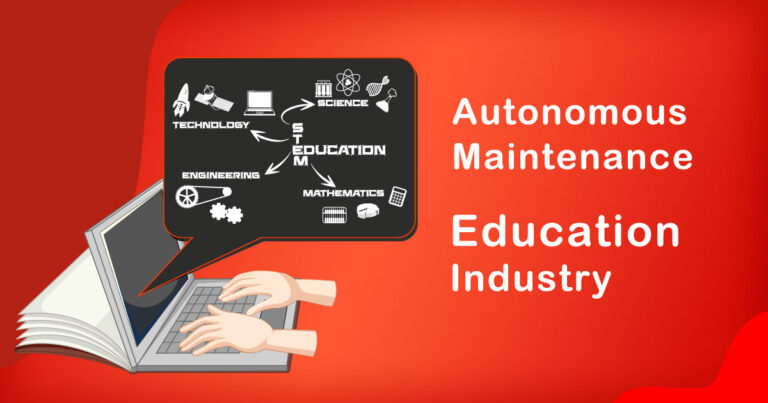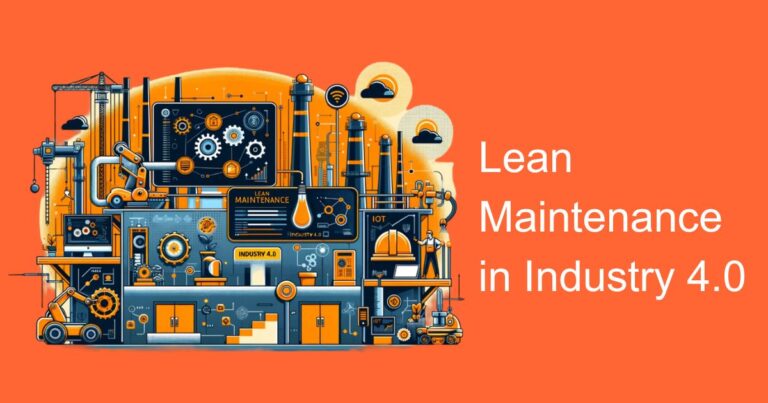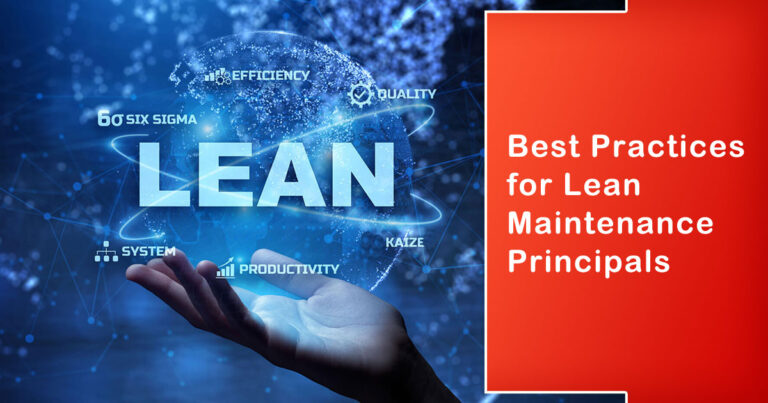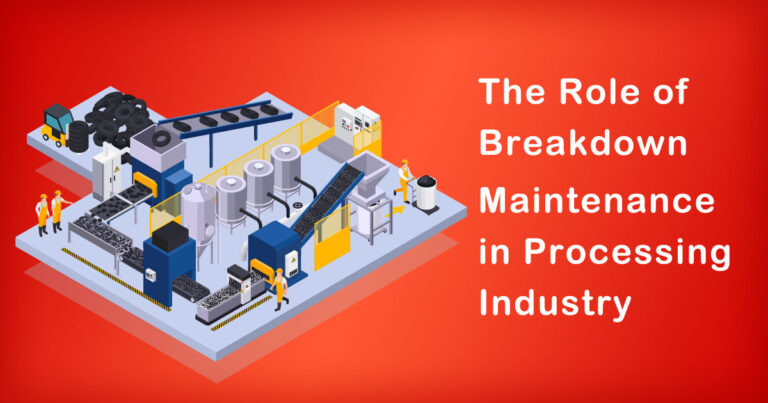In today’s fast-paced world, companies are always looking for ways to increase their efficiency and productivity. One way to achieve this is by implementing maintenance strategies to improve Overall Equipment Effectiveness (OEE). OEE is a crucial metric that measures the effectiveness of manufacturing processes by taking into account the availability, performance, and quality of equipment. In this blog, we will explore the impact of maintenance on OEE in the Indian context.
Maintenance and OEE:
Maintenance plays a crucial role in improving OEE. By implementing a well-planned maintenance strategy, companies can ensure that their equipment is always in optimal condition, which leads to reduced downtime and improved productivity. In a study conducted by the Indian Institute of Technology (IIT) Delhi, it was found that maintenance has a significant impact on OEE. The study analyzed data from 12 different manufacturing companies in India and found that companies that implemented a preventive maintenance strategy had an OEE of 85%, compared to 70% for companies that relied solely on reactive maintenance.
Preventive maintenance involves regularly scheduled inspections, maintenance, and repairs to prevent breakdowns and downtime. Reactive maintenance, on the other hand, involves repairing equipment after it has failed. Implementing a preventive maintenance strategy not only improves OEE but also reduces the risk of safety incidents and equipment damage, leading to significant cost savings.
In a report by Frost & Sullivan, it was estimated that Indian companies lose up to 5% of their revenue due to equipment downtime. Implementing a preventive maintenance strategy can help reduce downtime and, therefore, increase revenue. The report also found that Indian companies that implemented a predictive maintenance strategy saw an increase in OEE by 30%.
Predictive maintenance uses data analytics and machine learning algorithms to predict when equipment failure is likely to occur, allowing for timely repairs and maintenance. This strategy is particularly useful for complex equipment that requires specialized knowledge and expertise to repair.
Impact of Maintenance on Quality:
In addition to improving OEE, maintenance also has a significant impact on the quality of the products produced. In a study conducted by the National Institute of Technology (NIT) Trichy, it was found that maintenance has a direct impact on product quality. The study analyzed data from a textile manufacturing company in India and found that by implementing a preventive maintenance strategy, the company was able to improve product quality by 10%.
Poorly maintained equipment can lead to product defects, which can result in costly recalls and damage to a company’s reputation. Implementing a preventive maintenance strategy can help ensure that equipment is operating at optimal levels, reducing the risk of defects and improving product quality.
Conclusion:
In conclusion, maintenance plays a crucial role in improving OEE and product quality. By implementing a preventive maintenance strategy, companies can ensure that their equipment is always in optimal condition, reducing downtime and improving productivity. Additionally, predictive maintenance can help reduce the risk of equipment failure and improve OEE by allowing for timely repairs and maintenance. In the Indian context, where companies are facing increasing competition and pressure to improve productivity, implementing a well-planned maintenance strategy is essential to remaining competitive and ensuring long-term success.


